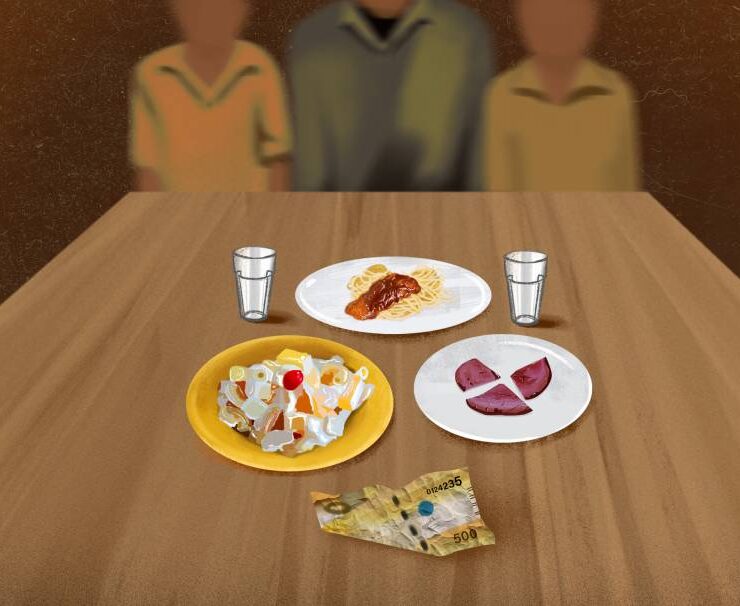Is quality content still worth it?

Uncle Ben’s immortal quote, “With great power comes great responsibility,” doesn’t only apply to superheroes and people in power but also to content creators and influencers.
In a country with 90.8 million social media users, having a platform, no matter how small, comes with its own set of responsibilities—especially when social media remains a key source of information for a majority of Filipinos. A 2024 survey by Publicus Asia revealed that 67 percent of their respondents relied on the internet as their primary source of information. Not to mention, the 2023 study, “Beyond the Headphones: The Portrait of a Podcast Listener,” reveals a growing number of Filipino listeners and a high level of trust in podcasts from its audience.
Bini Jhoanna recently came under fire for her review of “Sunshine,” starring Maris Racal, a film that tackles sensitive issues such as abortion, safe sex, and reproductive health. Meanwhile, Christine Reyes was subject to public scrutiny for her tribute to Barbie Hsu, where she self-inserted an announcement of her own birthday.
Personalities and content creators are now held to higher standards in how they curate and present their opinions. But despite that, being mindful of your content isn’t necessarily rewarded in the economics of social media—particularly when involving financial factors such as monetization and viewer engagement.
And when internet slop is the way to go, is it still worth spending time making quality content?
Diminishing returns
Abroad in Japan, an English YouTube content creator recently came out with a video condemning foreign nuisance content creators.
In his video, he highlighted content ranging from sensationalist slop to dishonest clickbait that paints Japan in an untruthful manner. He warned that such content furthers Japan’s anti-foreigner stance—bringing to mind the Logan Paul incident, when he showed the body of a person who died by suicide during his visit to Aokigahara Forest.
He also emphasized diminishing returns in content creation, where such easy-to-produce videos could earn them just as much, if not more attention and money, than a video with a month’s worth of work.
It’s not a matter of jealousy as it is concern over a seemingly misplaced priority. After all, how can we expect more from our content creators when they’re incentivized to produce more clutter than quality?
Between content and news
As a writer, my most-read article of all time was a breaking news story I gave no care to writing. Meanwhile, several stories I took great pride in producing were left overlooked, with a few of them reaching a few thousand readers every so often.
Videographers I currently work with have experienced the same. Videos they spent hours conceptualizing, shooting, and editing would only catch the attention of a few thousand viewers, while a TikTok shot on the phone without much thought reaches hundreds of thousands, if not millions, of views and impressions.
Like Abroad in Japan, news outlets are also constantly competing against internet slop. Well-produced and thought-out content isn’t given the same attention as that made without a second thought. Oftentimes, it’s not about what’s right or accurate, but which sticks its landing first—what is posted first and what is the most clickbait.
The burden of adaptation has been placed on news outlets, with traditional media companies having openings for content creators instead of just writers and editors. But in reality, it is a burden that should also be shared with readers and consumers—a challenge to be judicious and selective of the content that’s worthy of their attention.
After all, from media outlets to influencers, they’re all simply vying for your time. If anything, might as well make it worth yours.





















